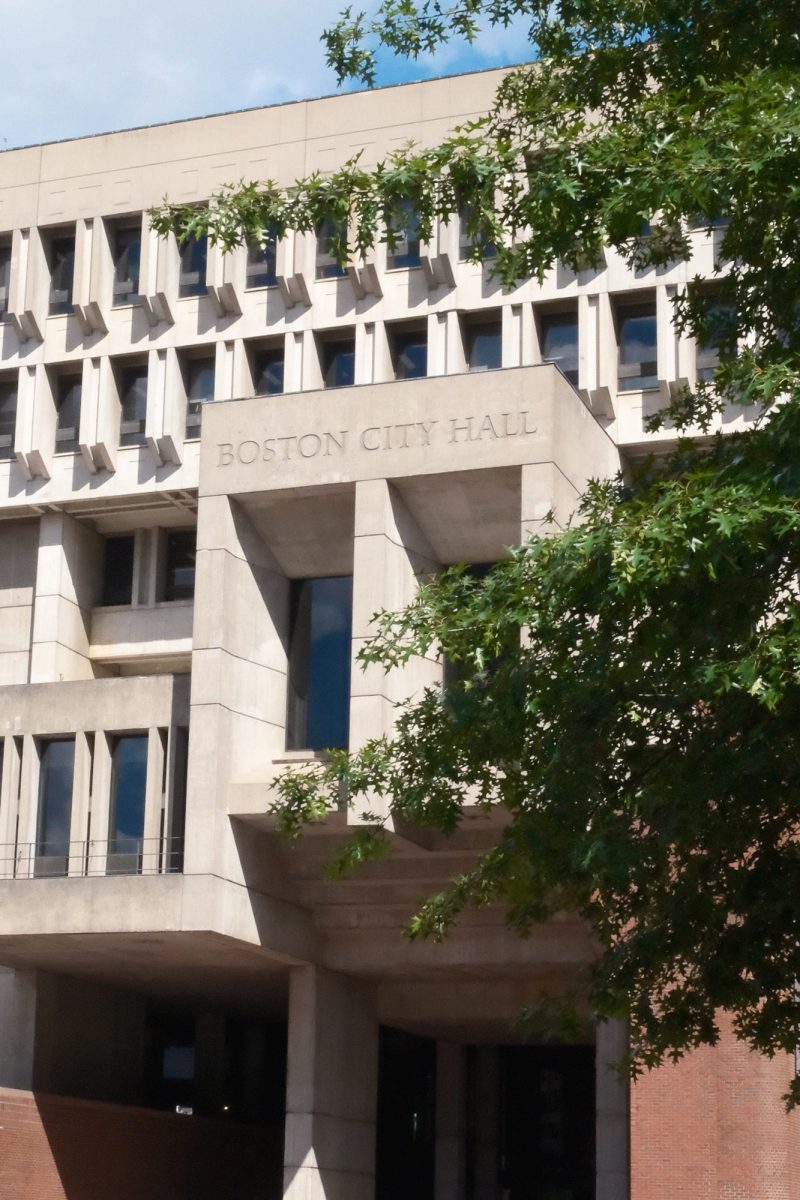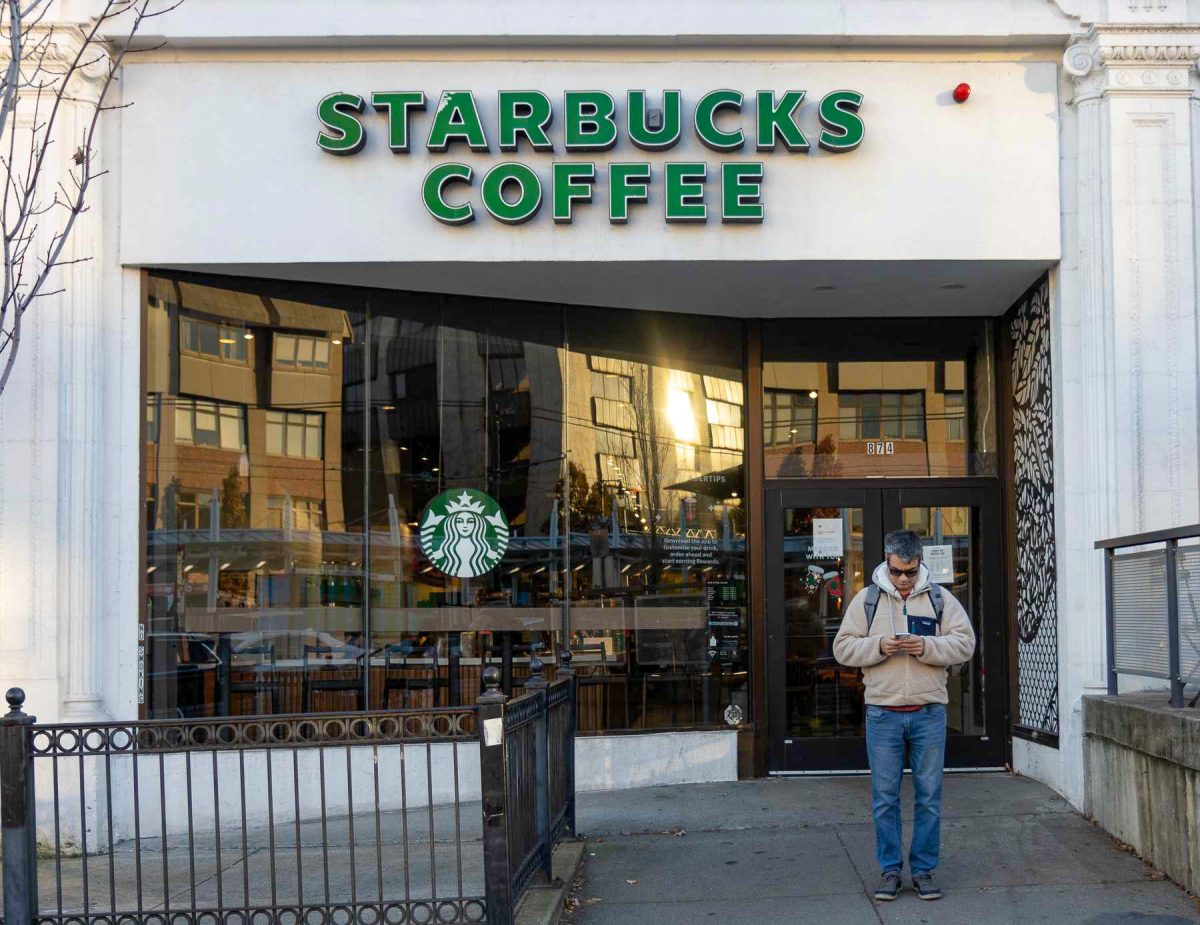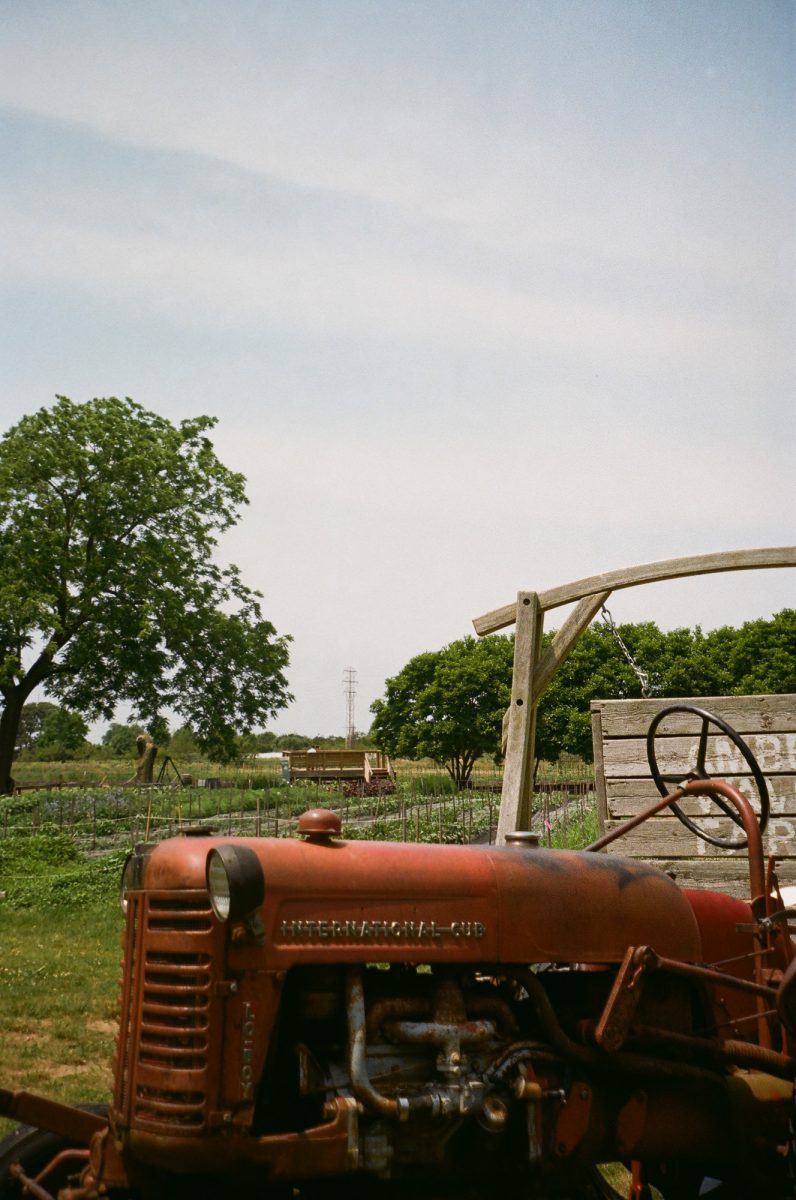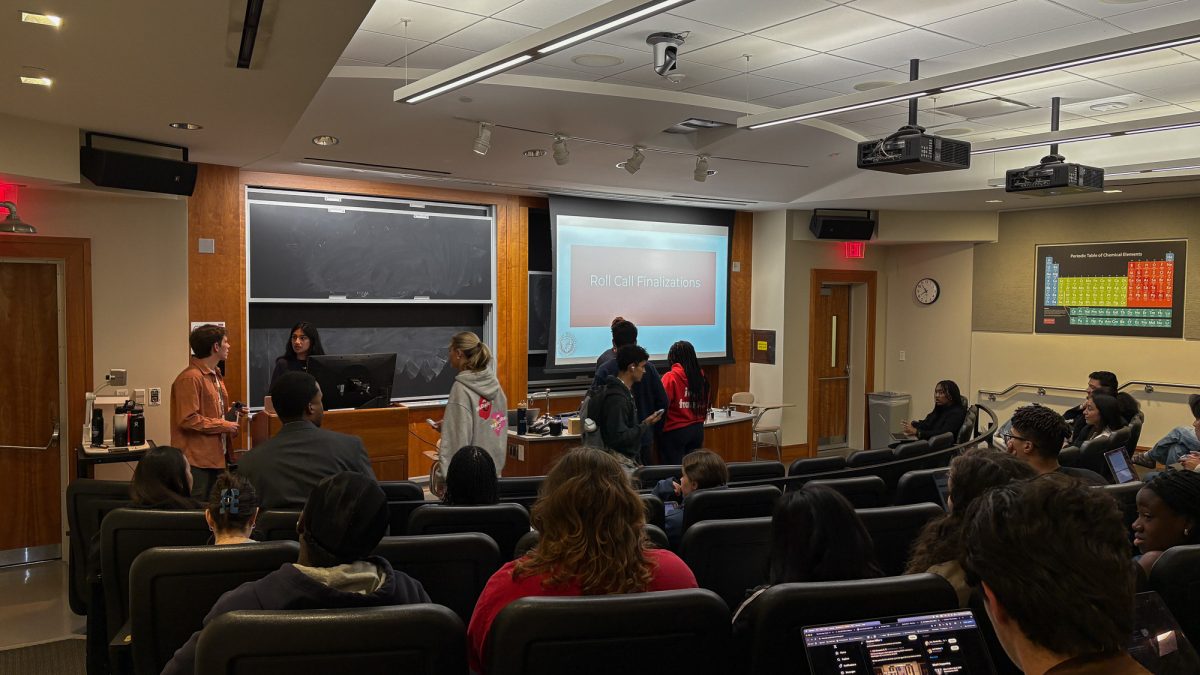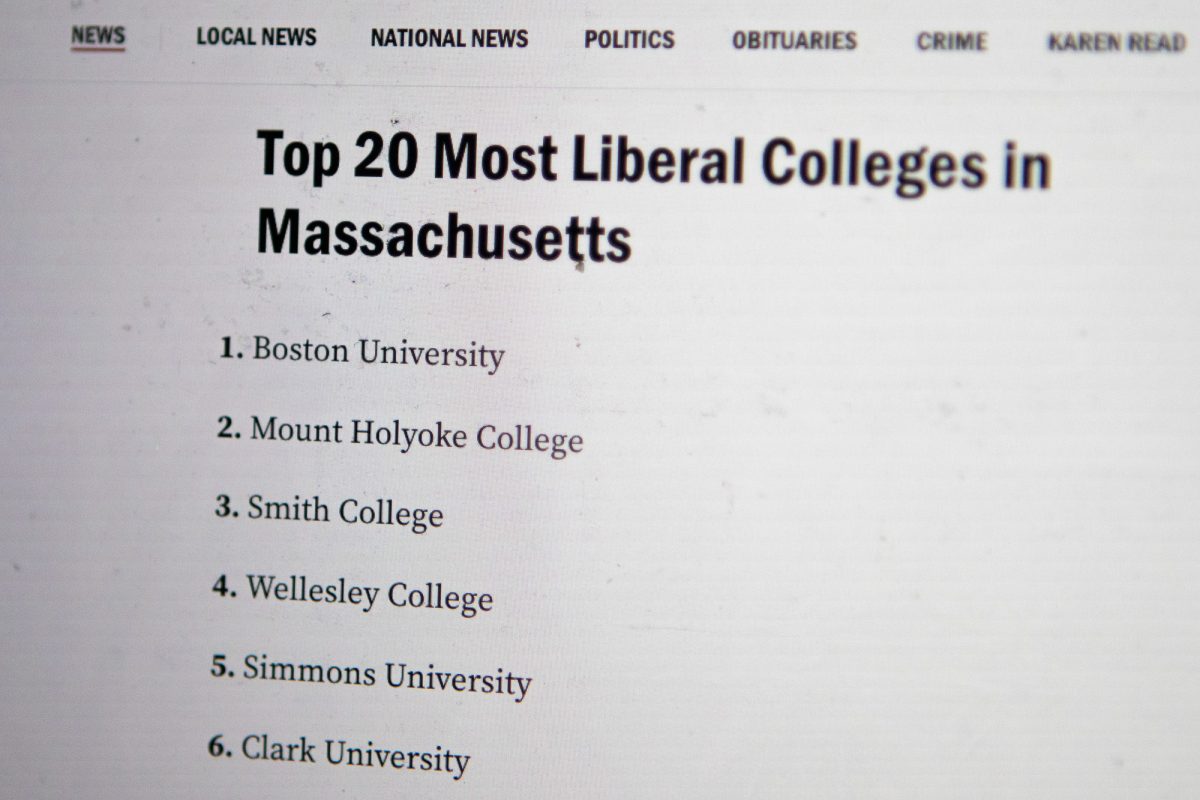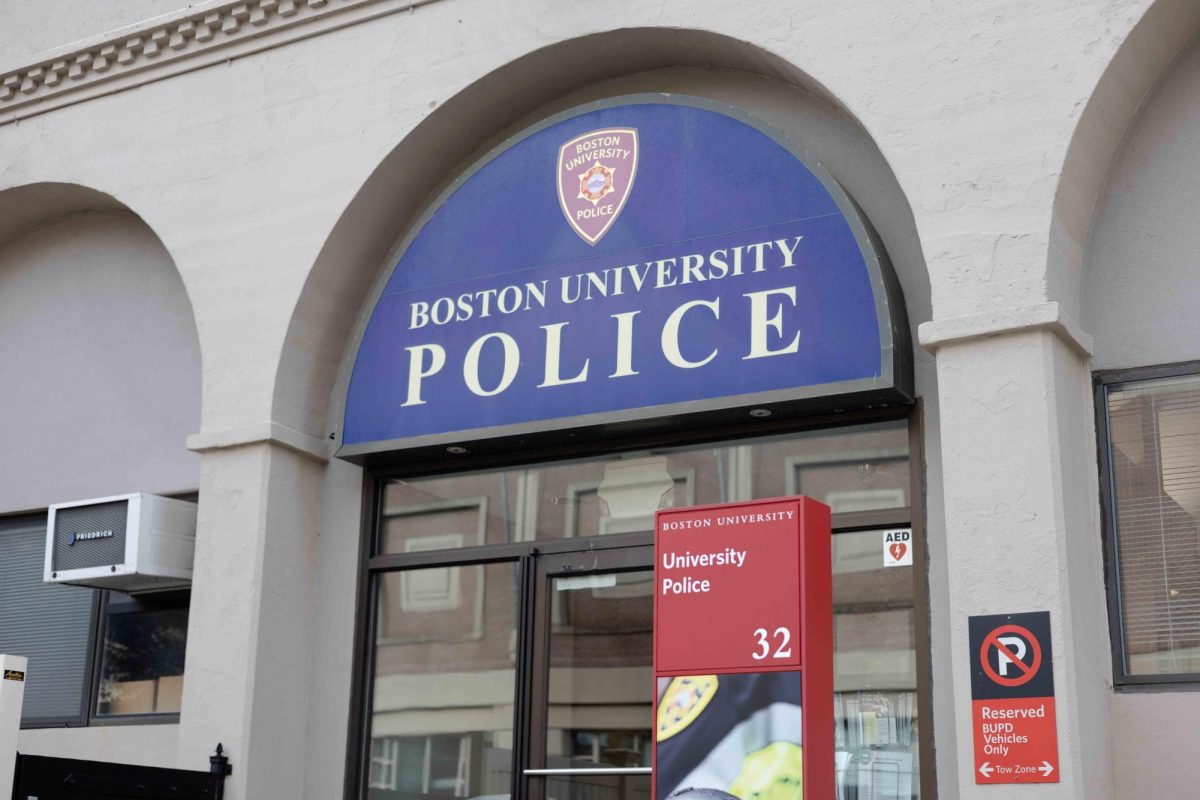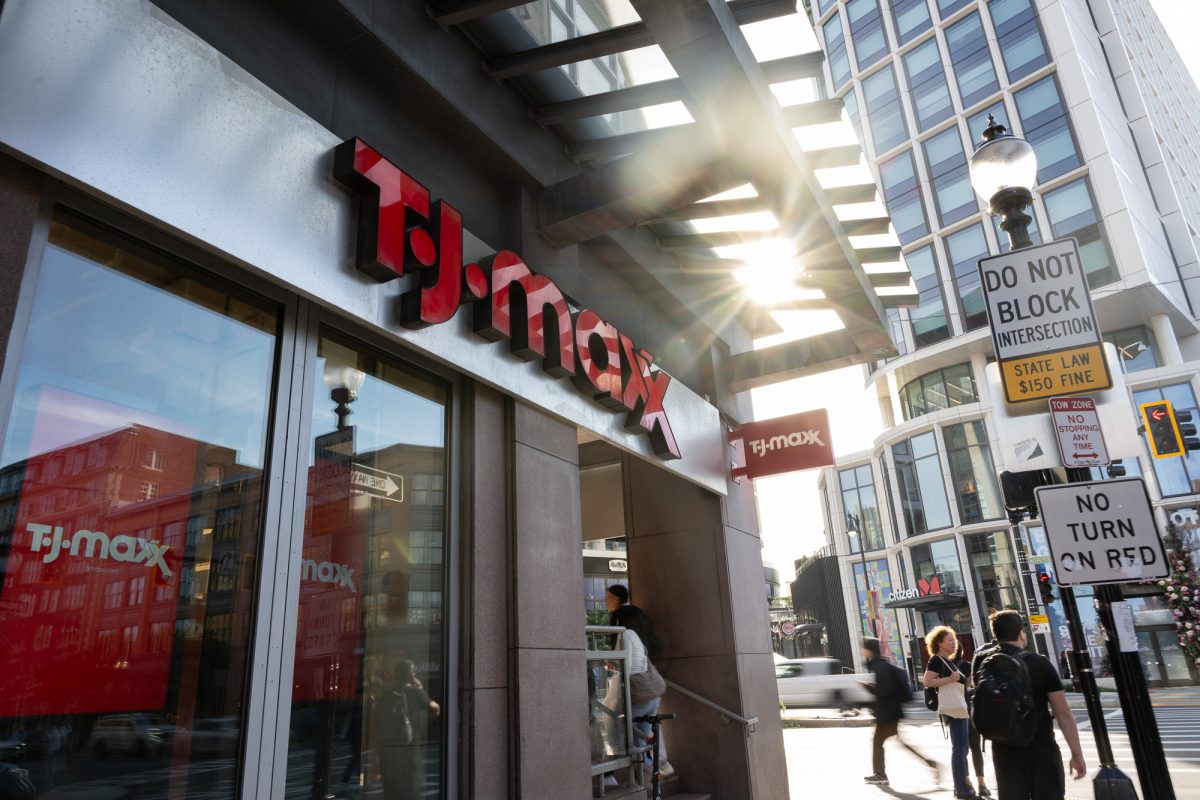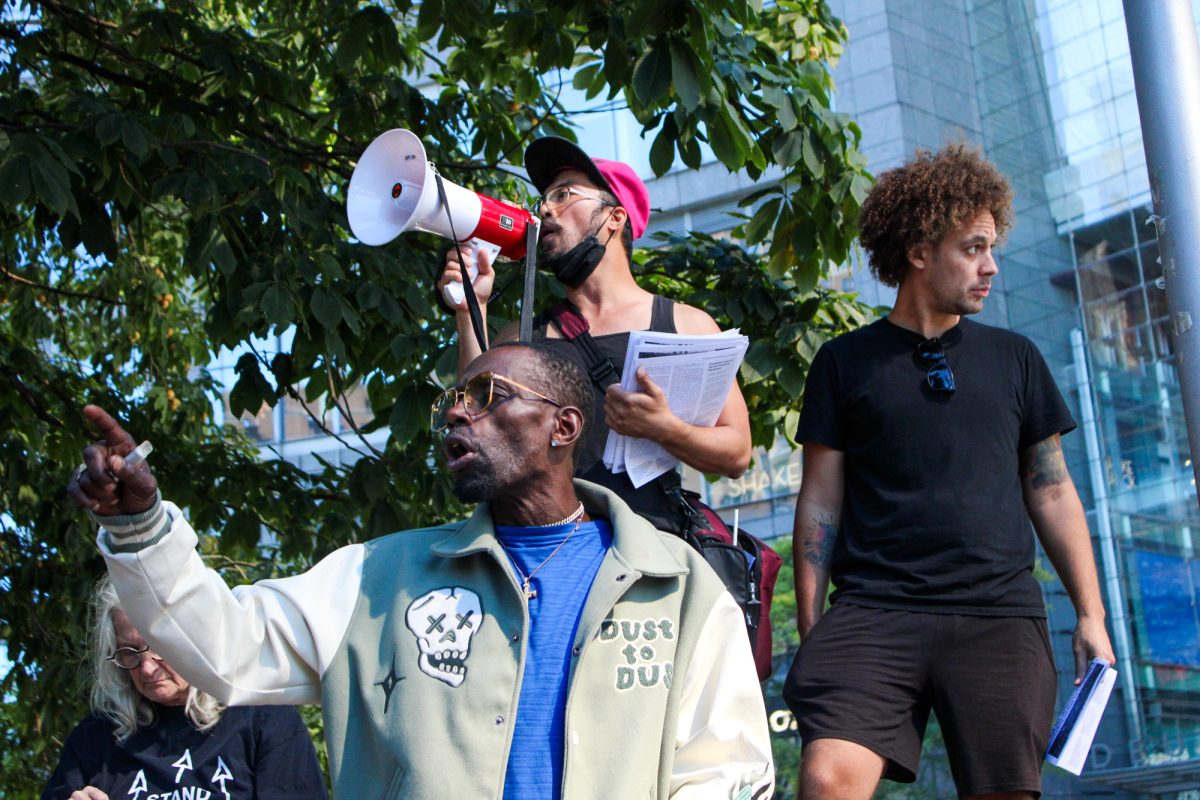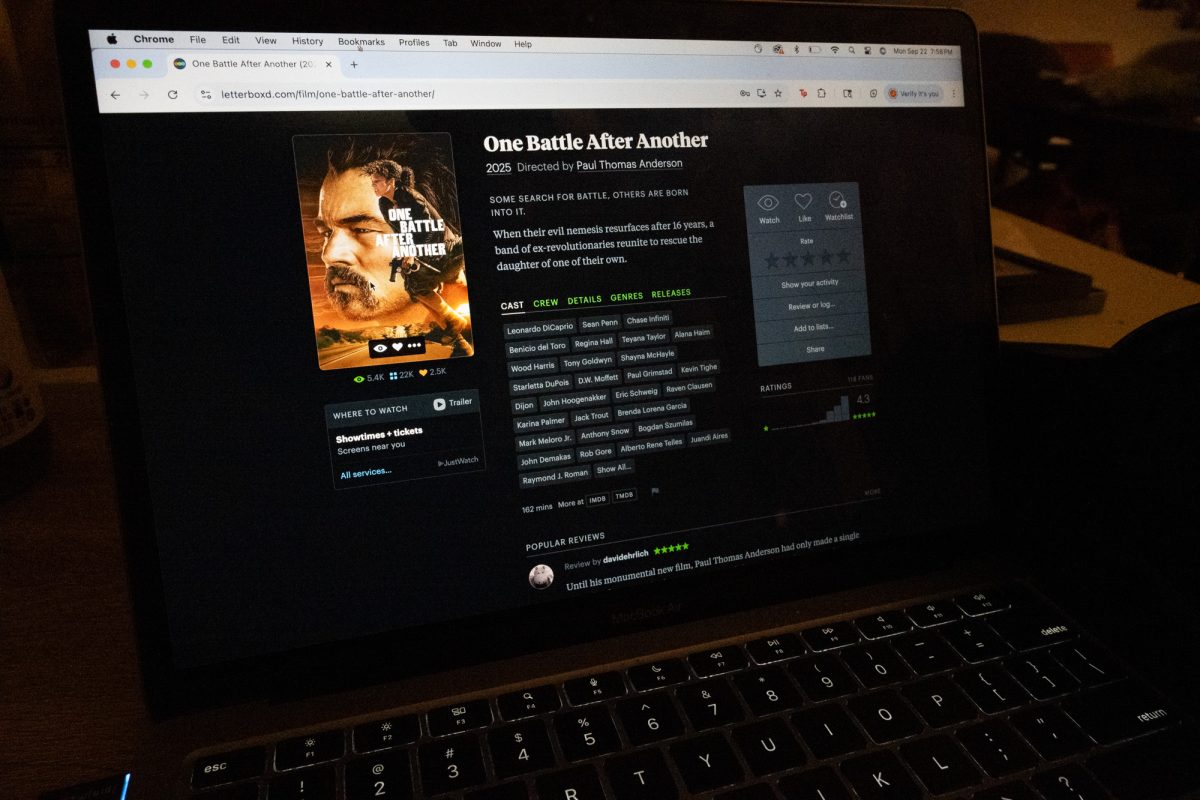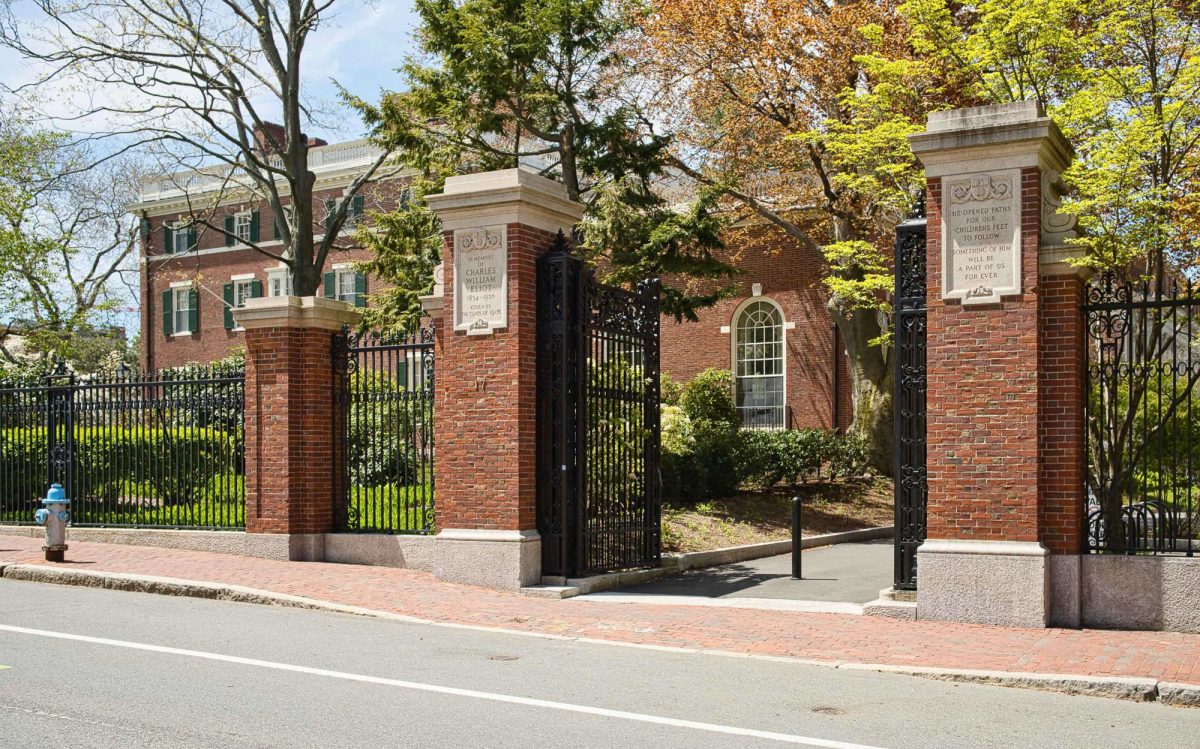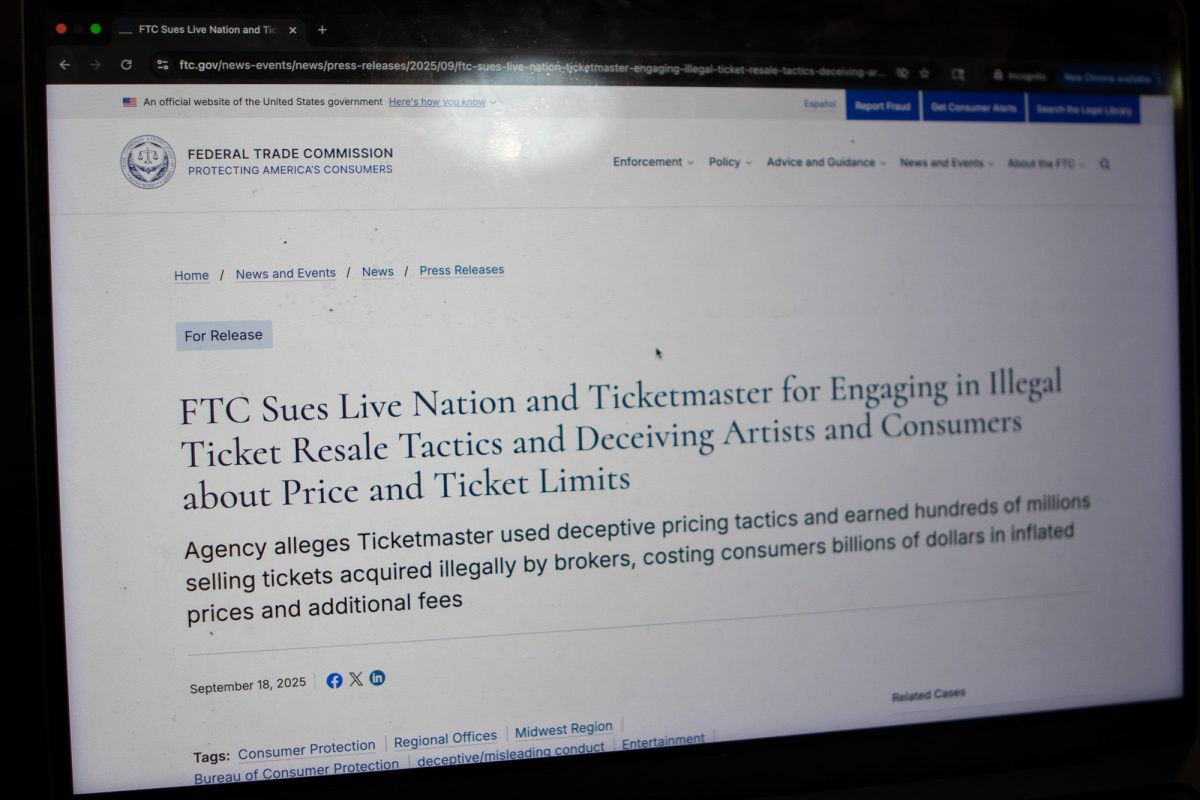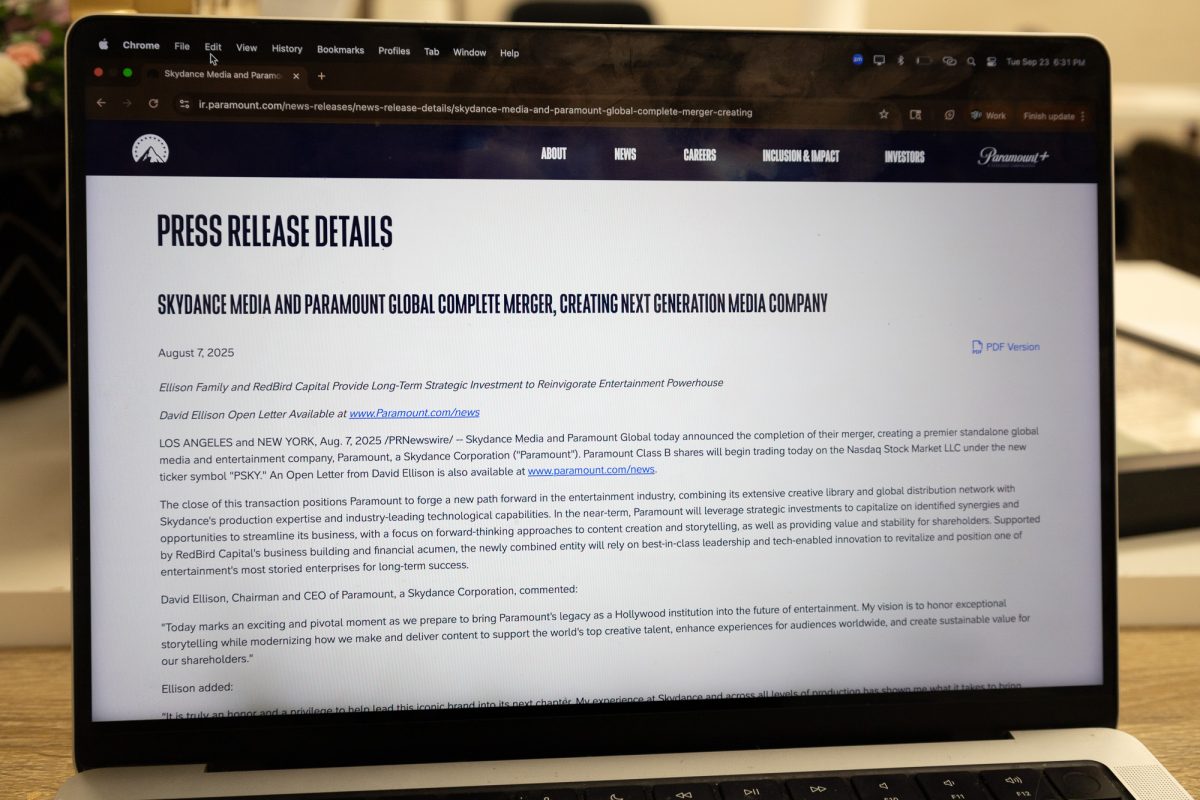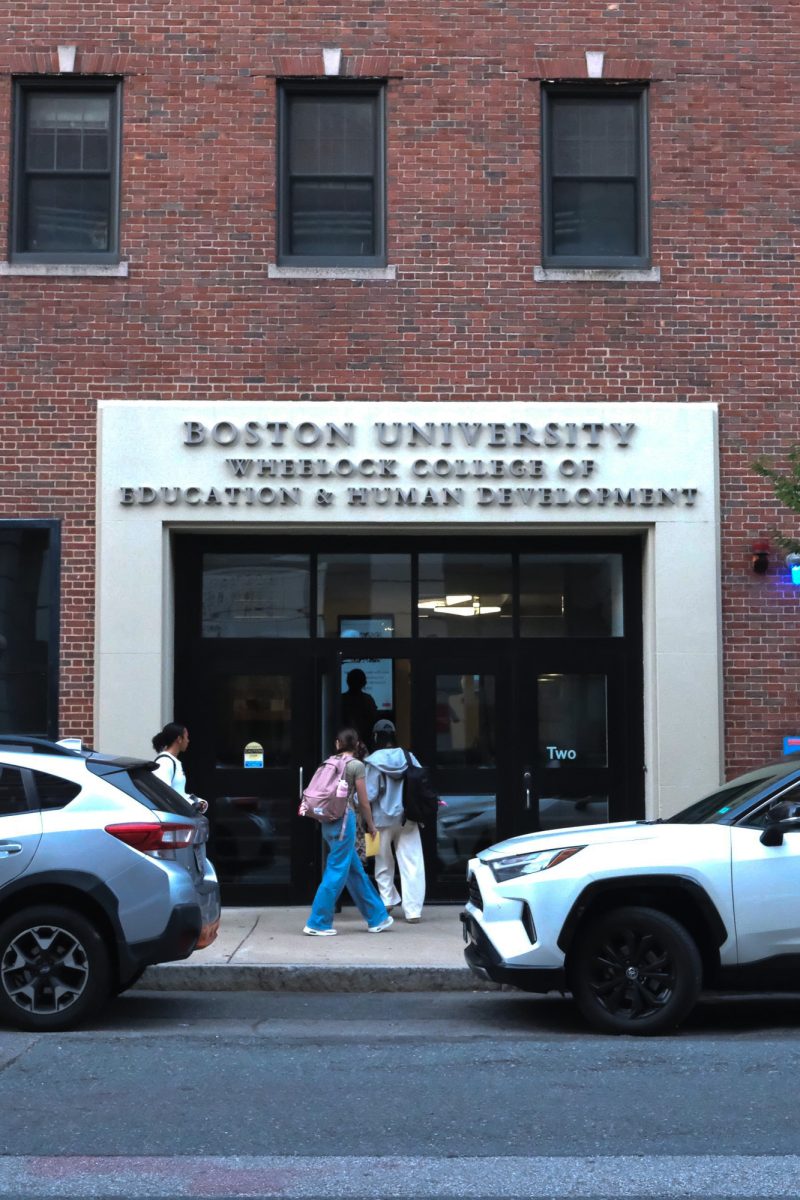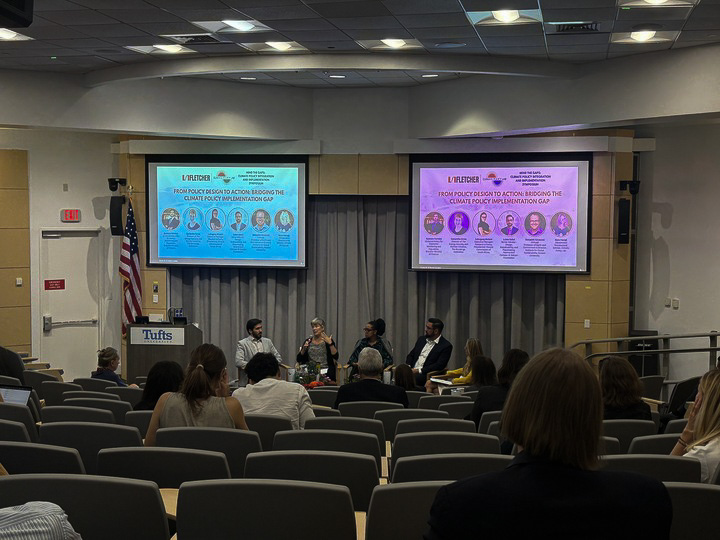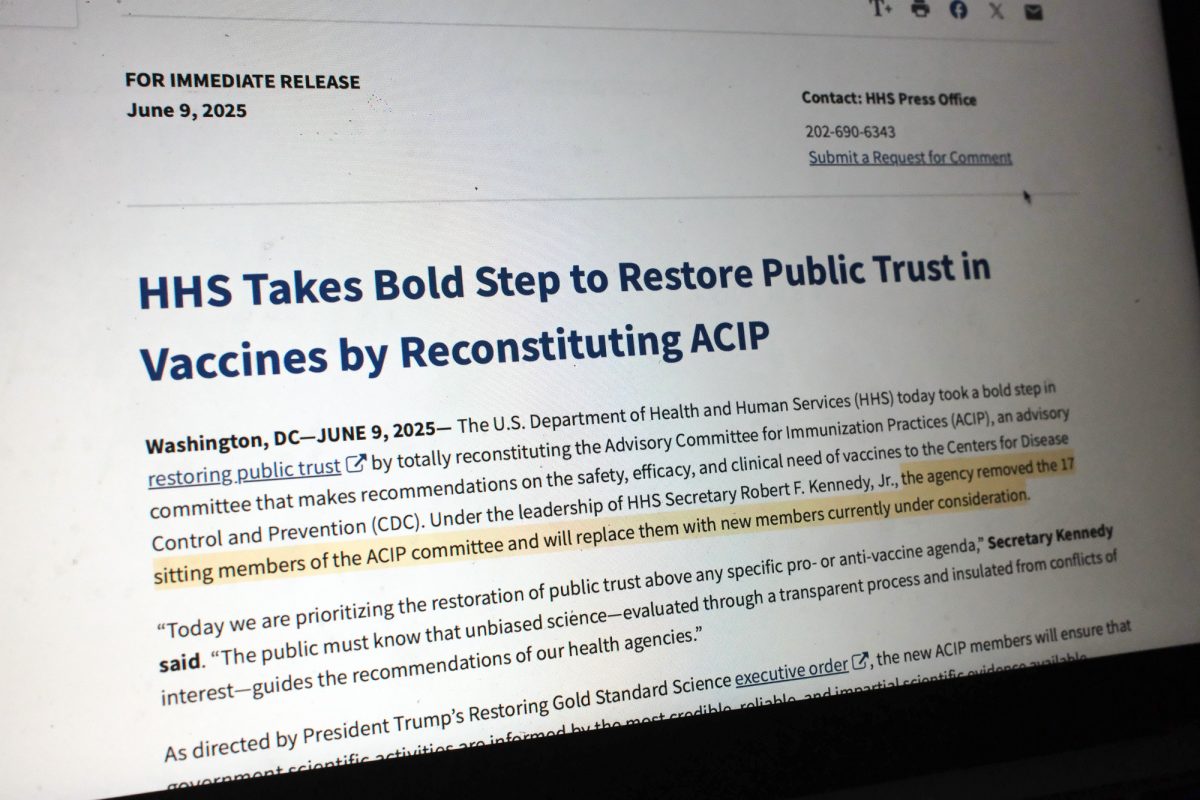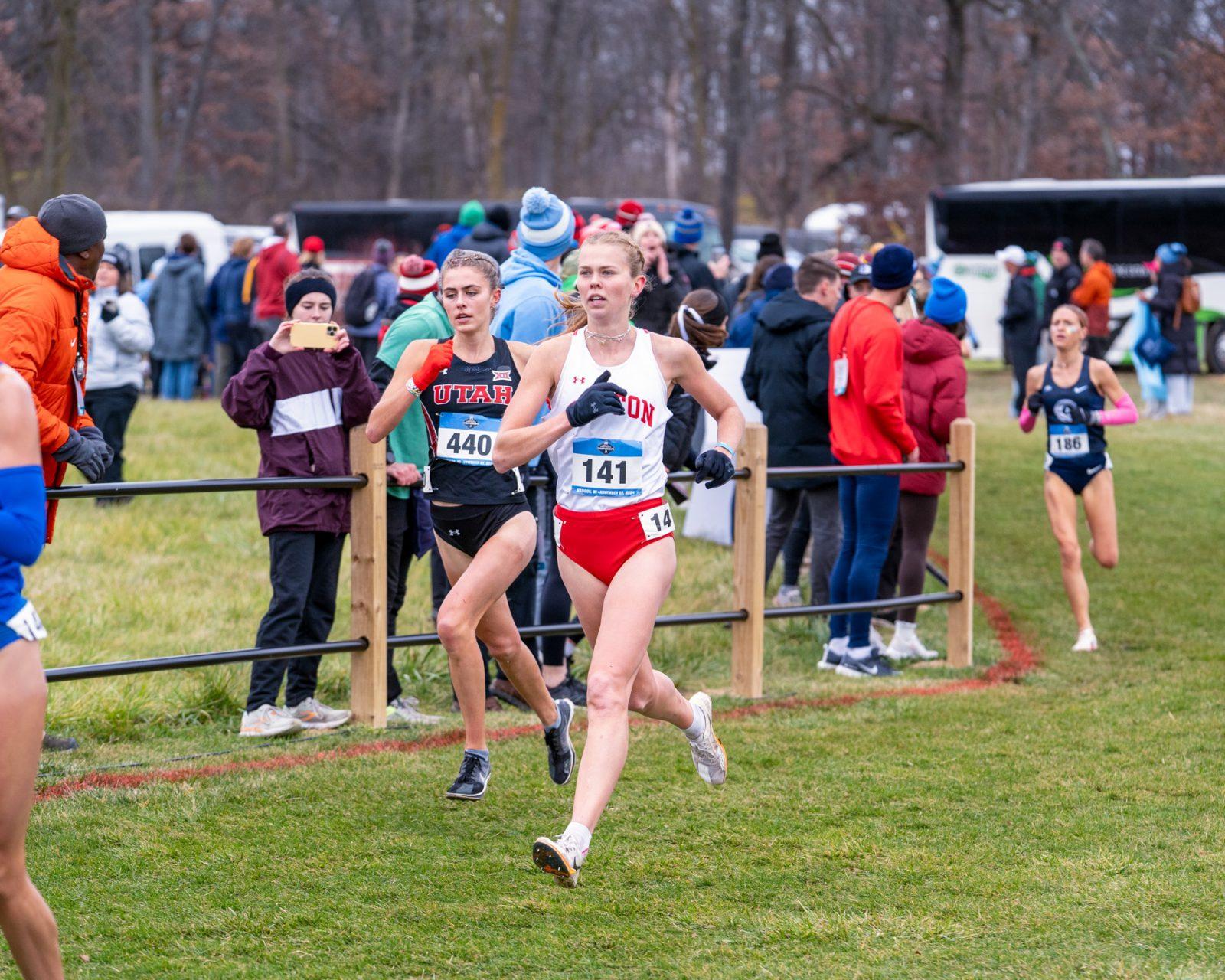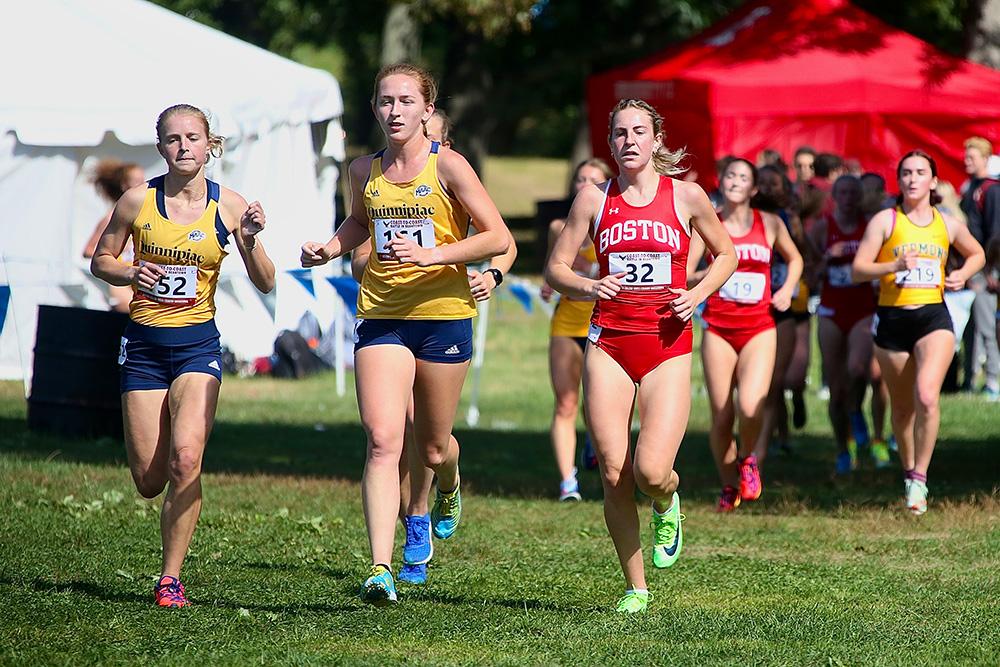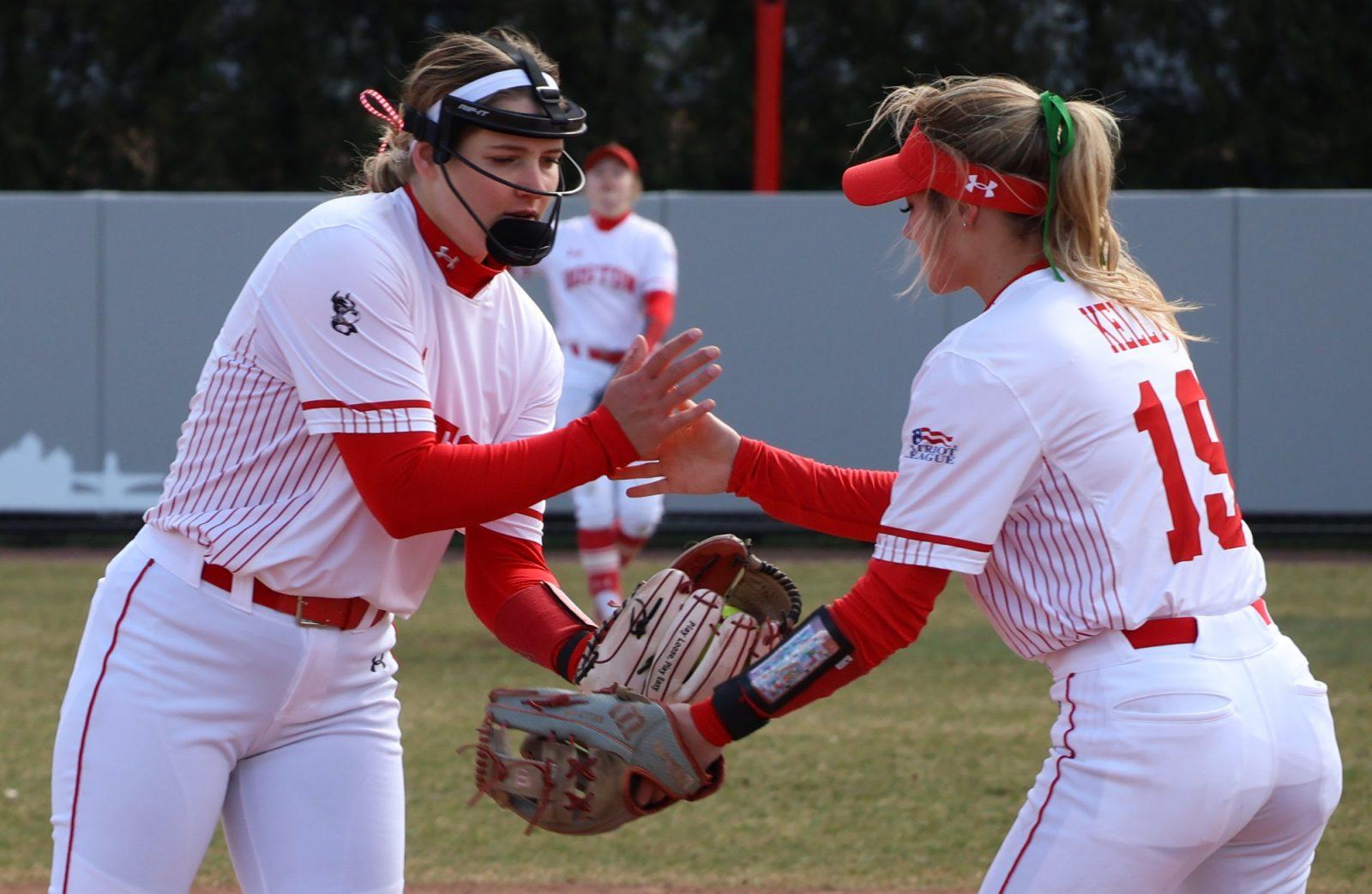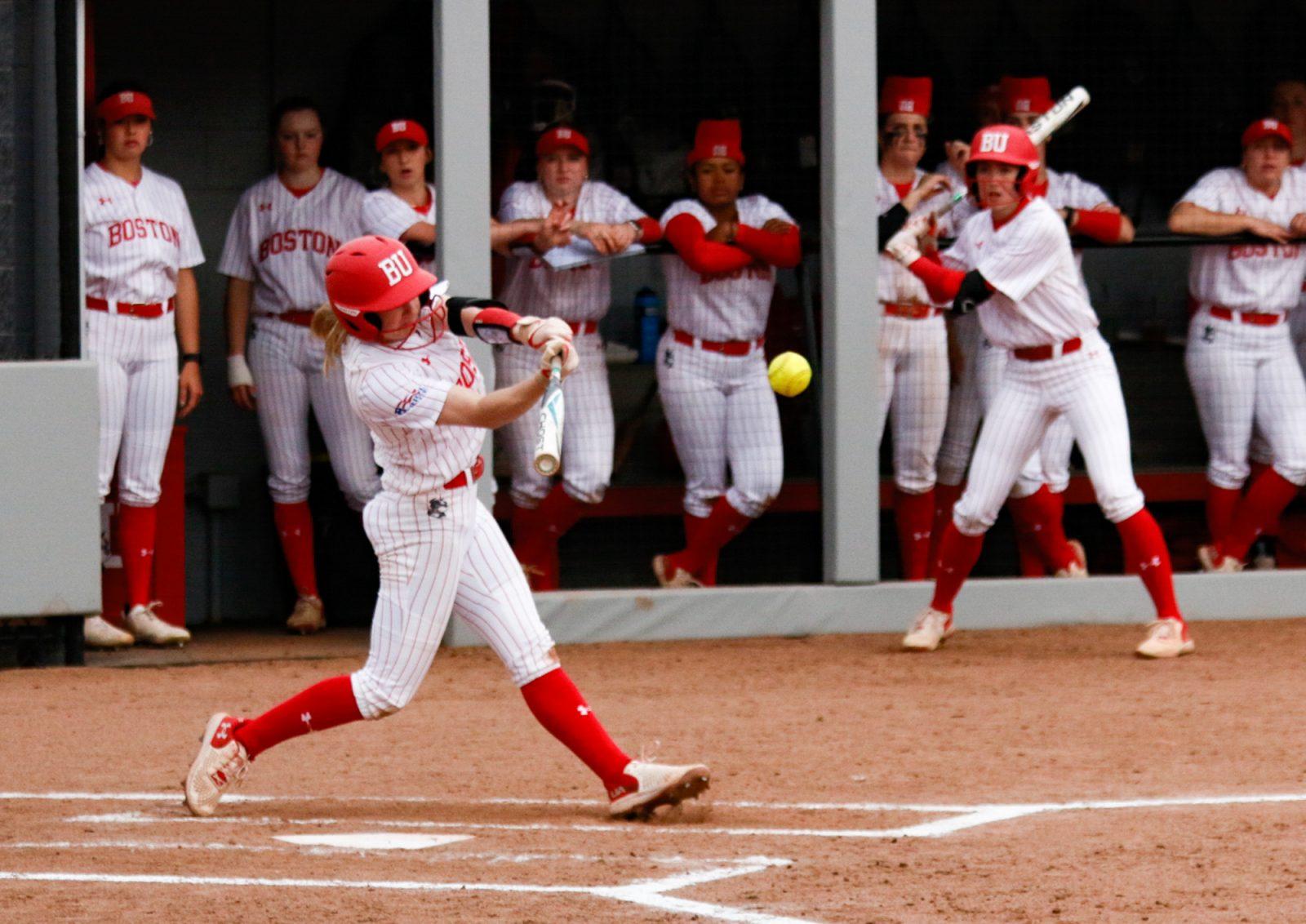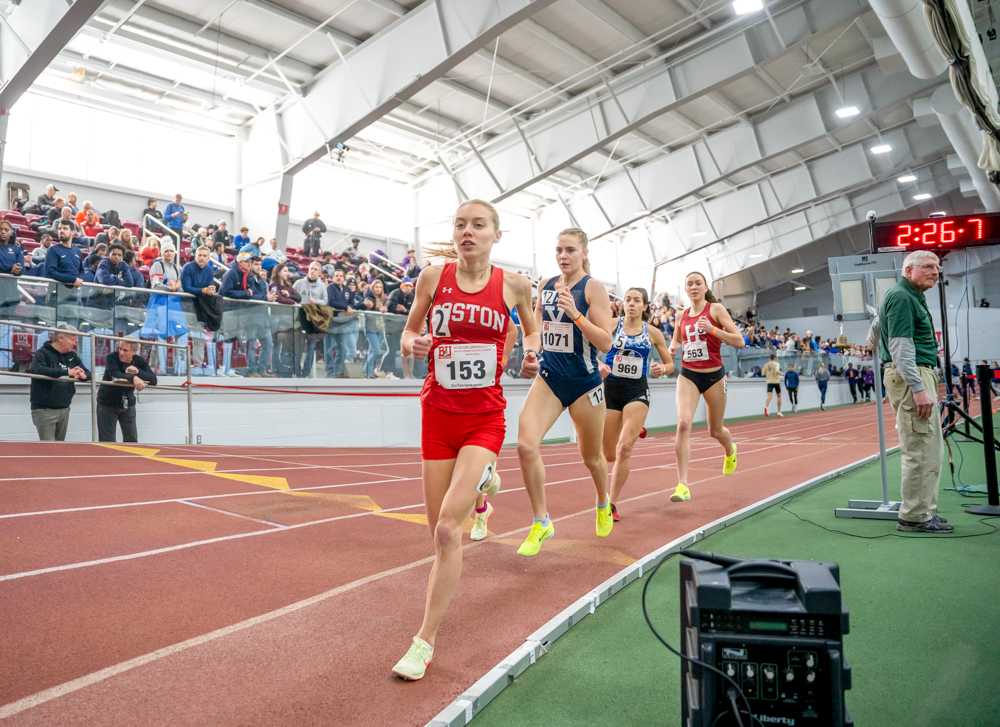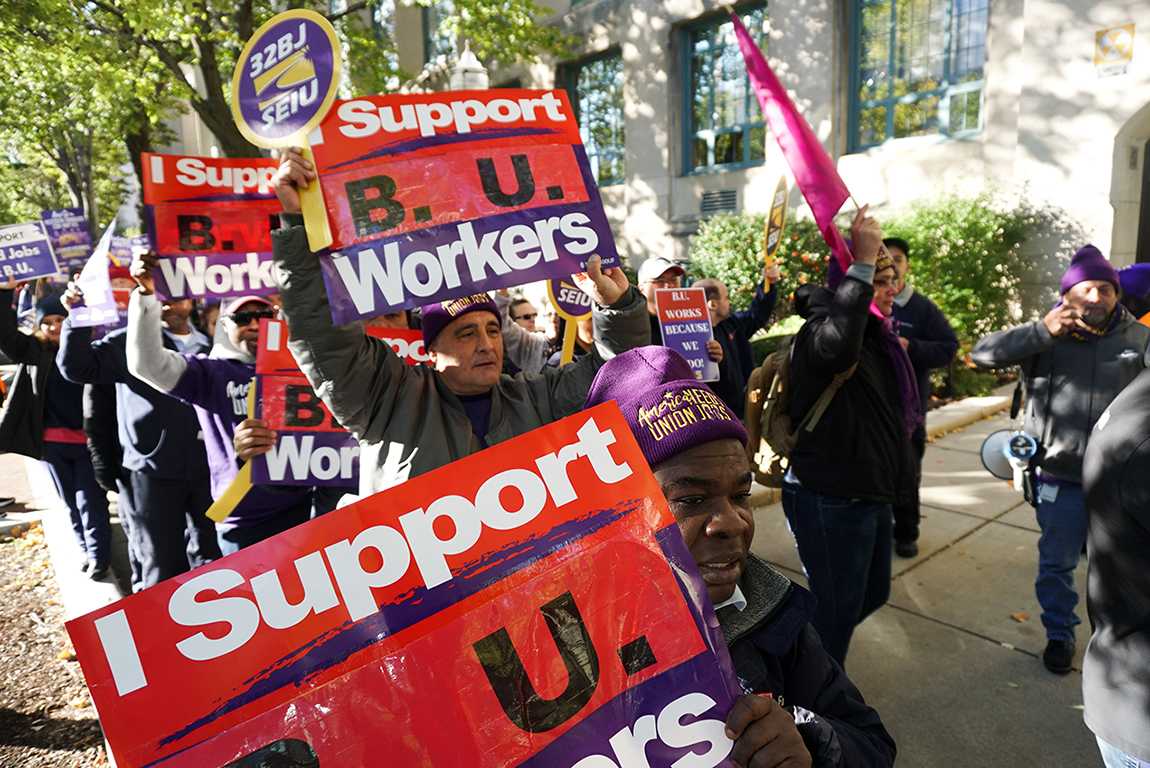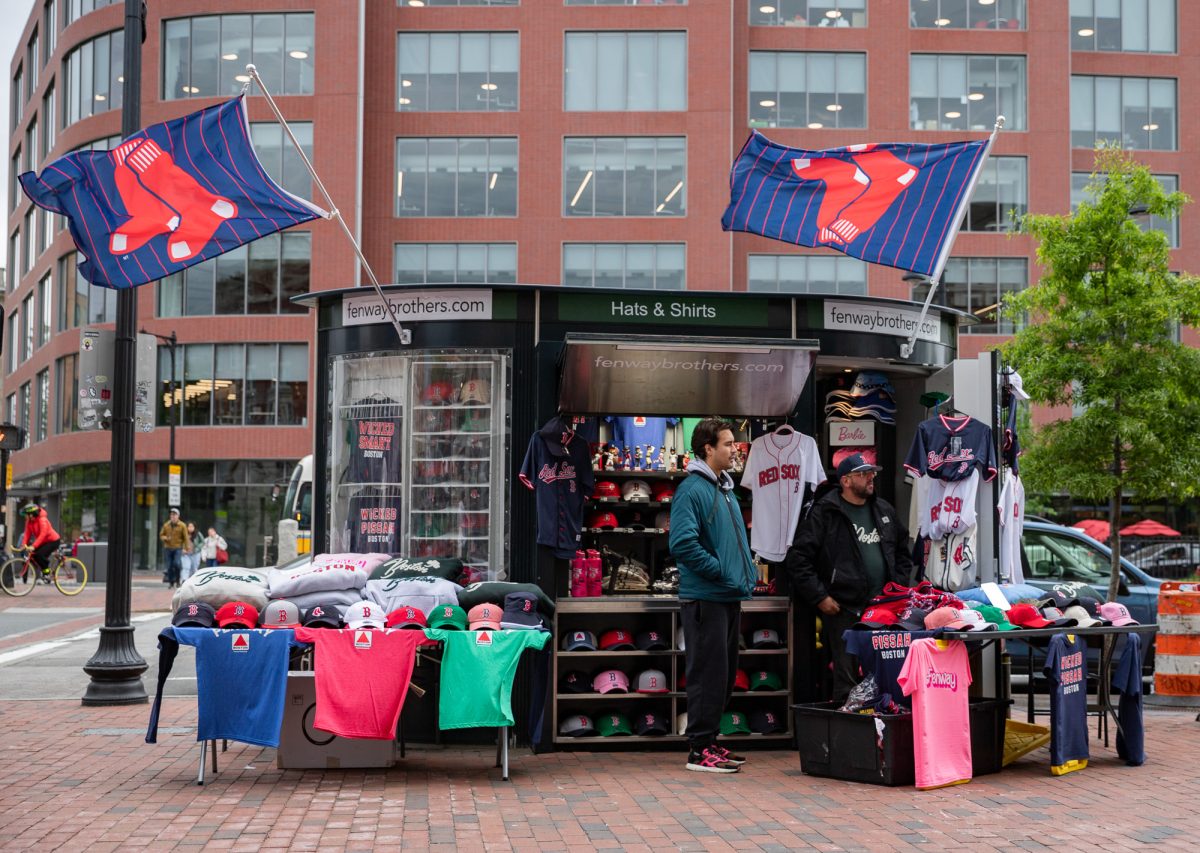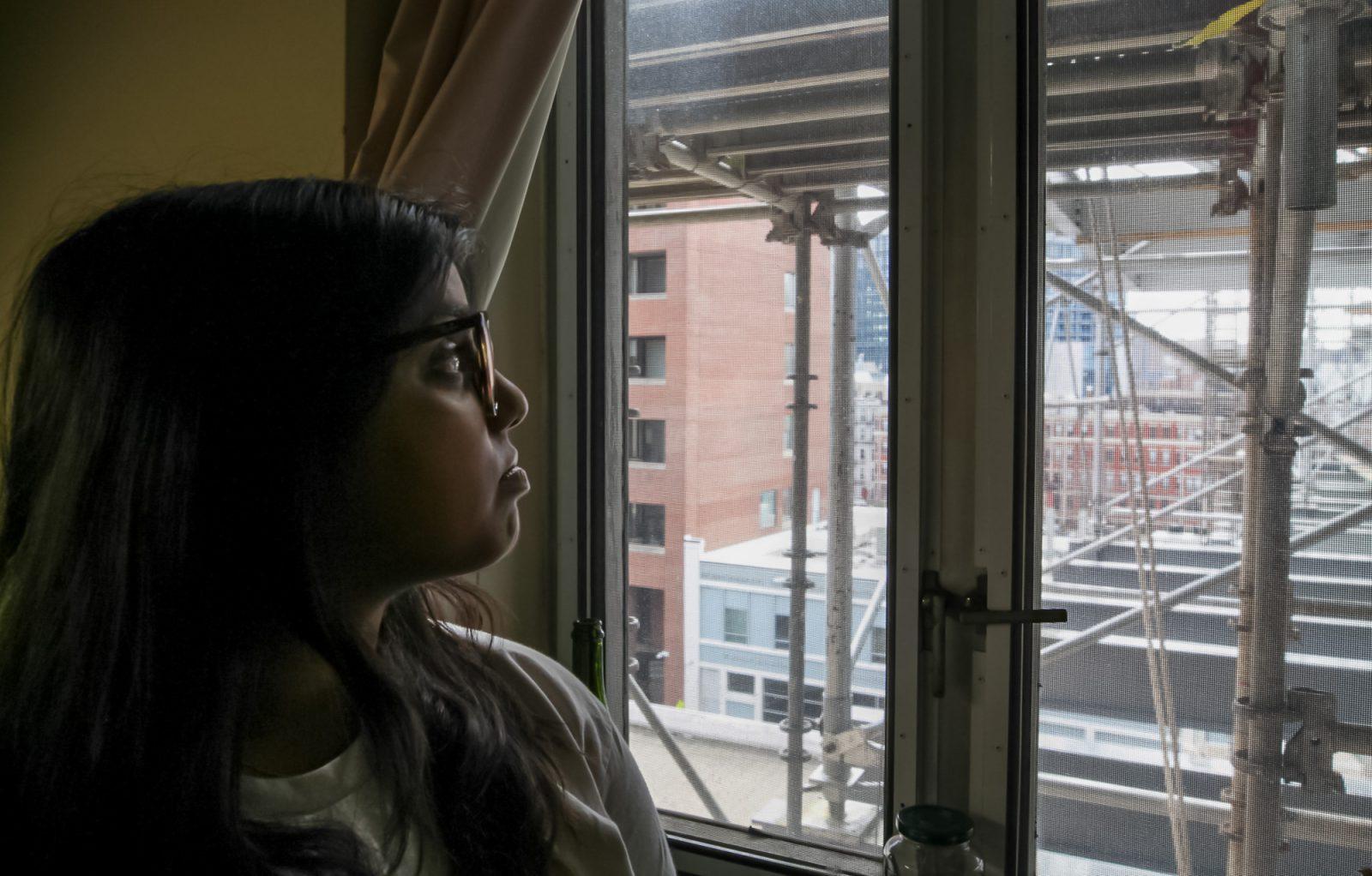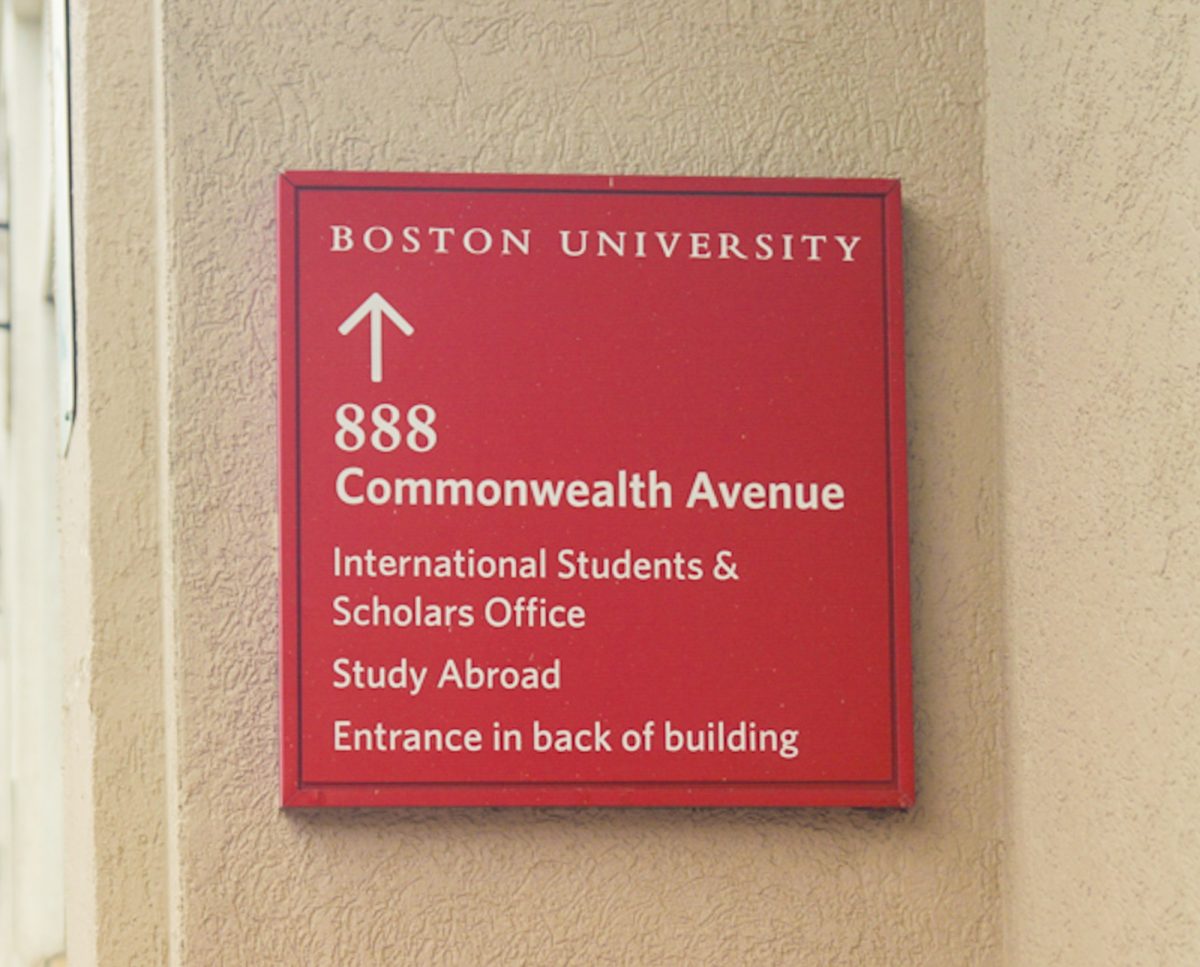A monthslong drought is drying up soil and hindering harvests at farms across New England, raising concerns surrounding the financial and agricultural costs of climate change.
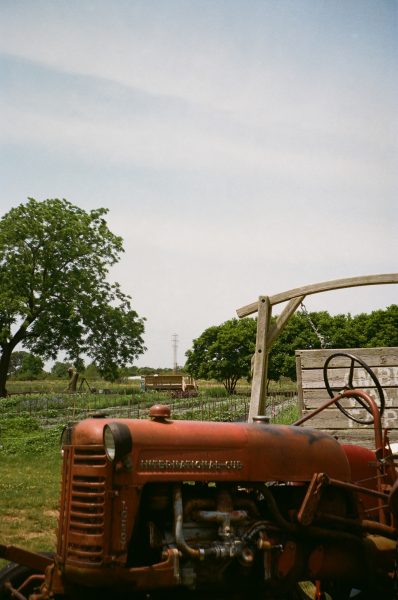
Nearly the entire Northeast is experiencing abnormally dry or drought conditions, which are affecting an estimated 11.5 million people, according to the National Integrated Drought Information System.
Jen Smith, agricultural program director for The Trustees of Reservations, a Massachusetts-based conservation organization, said local farmers are adapting to the “exceptionally dry” farming seasons by installing irrigation systems — a costly switch.
“It’s an expensive thing to install, but it’s a huge security system as we are facing these really unprecedentedly dry and variable seasons, which seems like it’s becoming the new norm,” Smith said.
When Smith began farming in Massachusetts 15 years ago, she said most vegetable operations relied on steady rainfall — not irrigation systems.
“Irrigation is one of the most capital-intensive, most expensive startup costs for a farm operation, and the cost is really variable on the place,” she said.
The further away a farm is from a groundwater source, the more pricey the irrigation system, Smith said.
Depending on the farm’s location, irrigation is not always “ecologically the right thing to do,” she said. The diversion of water from its natural source can harm aquatic habitats and reduce biodiversity.
Tracy Kinsey, communications coordinator for Wright-Locke Farm, a two-acre organic farm in Winchester, said the ongoing drought has impacted the farm’s day-to-day operations.
“It just creates a little more work,” Kinsey said. “Our agricultural team is out there in the weather, and they’ve had to cut short some days because it’s just so incredibly hot.”
While the community farm’s water bill continues to rise in the dry conditions, their vegetables are shrinking.
“Normally, we would have a really robust amount of spinach, broccolini and cauliflower,” Kinsey said. “But this year, because of the drought … instead of getting two cycles, we only got one, and they were very small.”
While federal conservation programs, including the National Resources Conservation Service, provide funding for struggling farms, Smith said the application process is competitive, and grants are limited.
Wright-Locke Farm applied for a matching NRCS grant in 2021 for a new high tunnel, a system enabling farmers to extend their growing season by protecting in-ground crops from wind and harsh frost. However, the money was stalled after the Trump administration cut back funding for several federal agencies, Kinsey said.
“Now, we’ve kind of hit the pause button on it,” she said, “We have all the materials [to build the tunnel], but we’re not sure we’re going to get reimbursed for it.”
Hessann Farooqi, executive director of the Boston Climate Action Network, said droughts are driving up the costs of produce at a time when people are “already suffering from increases in prices across the board.”
“In Boston and in many of our cities where a lot of that farming isn’t taking place, we often forget about this because we are distanced from the problem itself,” Farooqi said. “But we can’t forget we are always close to the pain that is associated with it, because we all feel it every time we go to the grocery store.”
While there is “no perfect solution” to solving droughts, Farooqi emphasized the importance of slashing greenhouse gas emissions and altering the food supply chain in the face of a warming climate.
“When we reduce emissions and we reduce extreme droughts happening in the future, that saves us from future cost increases down the line,” Farooqi said.


